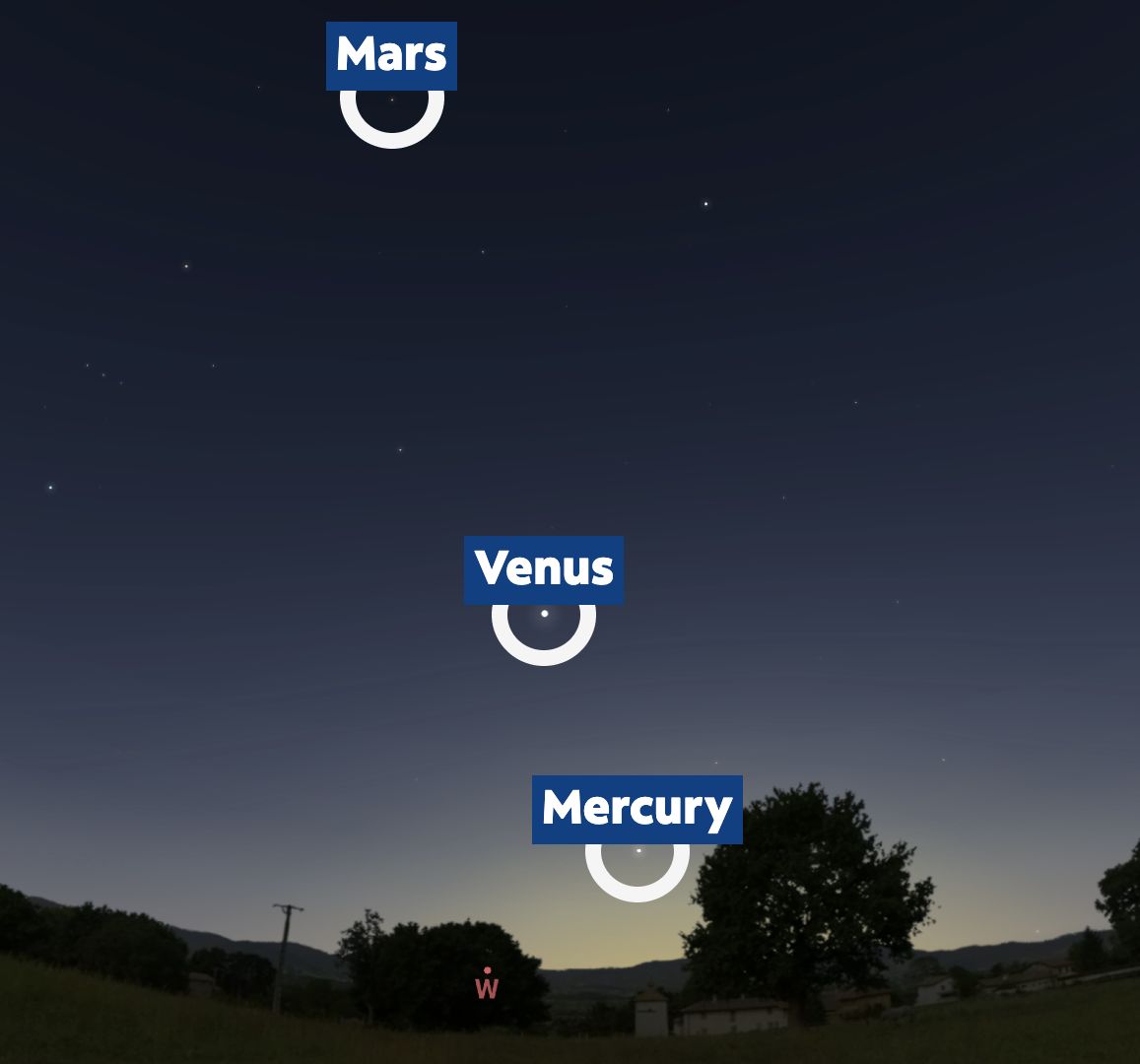This month’s full moon names might remind you of spring, including ties to religious holidays.
April’s full moon is commonly called the Pink Moon. You’ll find disappointment if you’re expecting it to turn a rose-colored hue, though. The name comes from the pink, springtime blooms of phlox.
(Pixabay)
Native American names for the April full moon include the Frog Moon, Loon Moon and It’s Thundering Moon–also signals of spring, especially in northern areas.
This full moon is the Paschal Full Moon. It marks the start of Passover and also determines the date of Easter. There’s complicated details and exceptions, but the gist is that Easter falls on the first Sunday after the first full moon after March 21.
Directly below the full moon is Spica, the brightest star in the constellation Virgo.
If you check out the moon shortly after it’s risen, turn around to the west. You might see Mercury low on the horizon in twilight’s glow. Venus shines brightly on its upper-left. Keep going to spot a faint Mars.

(Stellarium)
The moon is at its fullest at 12:34 a.m. ET early April 6, or 9:34 p.m. PT on April 5.
Many more celestial sights are ahead this year, including the Lyrid meteor shower later in April.
Our team of meteorologists dives deep into the science of weather and breaks down timely weather data and information. To view more weather and climate stories, check out our weather blogs section.

